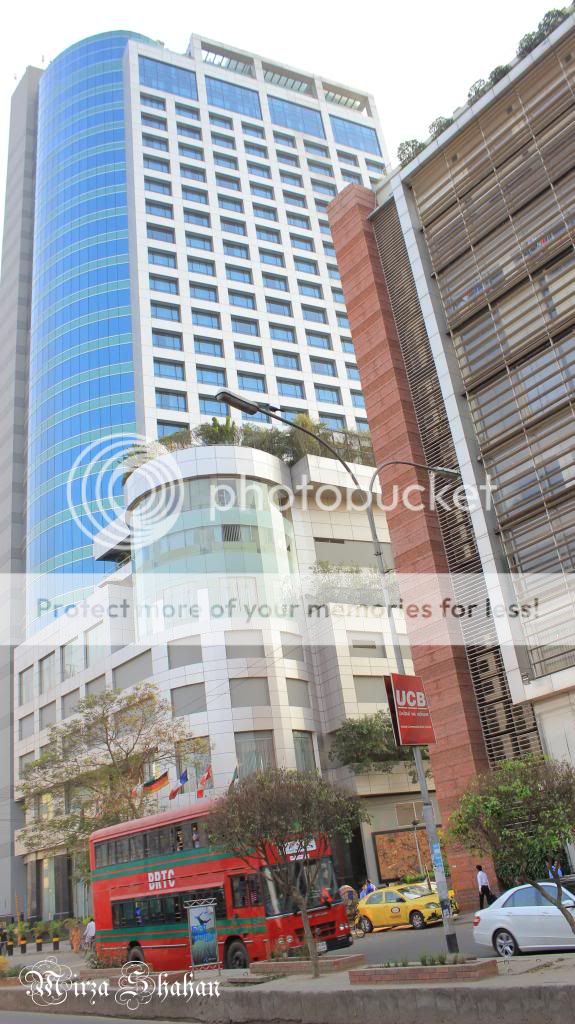State of the economy by June 2013: An appraisal-II
Published : Thursday, 15 August 2013
Shamsul Alam
3.3 Foreign Exchange Reserve
For the last four years foreign exchange reserve was always over 10 billion plus which was only US$ 3.5 billion in FY06. In FY13, it reached a record of 15.3 billion with a growth of 47 per cent over the previous year and a 4.37 fold increase over FY06.
Gradual lower imports, higher exports and higher receipt of remittances over the years helped build up foreign currency reserves. The foreign currency reserve is now equivalent to five months' import requirement while three months import equivalent reserve is considered enough for a developing country.
3.4 Exchange Rate:
Taka against dollar is getting stronger steadily over the period following the fall of import and the rise of export and receiving of increasingly higher amount of remittances.
The Taka exchange rate depicts a persisting appreciating trend during FY2013, indicating a healthy macro-economic stability situation. In nominal terms, Taka depreciated only 11.56 per cent over a 7-year period (Base FY06).
3.5 Remittance Earning :
Over the last four years, the remittance earning showed a steady growth and in FY13 reached a record of almost 15 billion US dollars. Total amount of remittance earning in FY06 was 4.8 billion US$, a three times increase in FY13.
3.6 Foreign Direct Investment (FDI)
FDI flows, over the last four year, were steadily in a growing trend. FDI amount first surpasses 1.0 billion US$ in FY12 in Bangladesh. In FY13, it reached to 1.3 billion US$ from the 1.2 billion of the preceding year. The FDI amount is increasing though the absolute amount is not attractive anything compared to Vietnam or Myanmar.
However, the amount is not lucrative in comparison to comparator countries but the increasing amount over a billion dollar may be a welcome start.
3.7 Foreign Aid:
When it comes to ODA, the commitment for grant has decreased from that of previous years while an increase is shown in the loan commitment between FY12 and FY13. The disbursement ratio, however, is following the increasing trend over the preceding two years. Disbursement of grant and loan was ever highest. There was high year to year variation of disbursement to commitment of loan and grants.
Disbursement of total grant and loan in FY13 amounting to 2.8 billion US$, increased amount of FDI in FY13 is indicative of improving financial health of the Bangladesh economy.
4. Monetary Sector
4.1 Monetary Sector Performance
In FY13 robust foreign remittance and export growth along with sluggish import growth led to a sharp growth in Net Foreign Assets (NFA) which needed to be sterilized to contain inflation. Moreover, declining inflation and concerns over a slowdown in growth created space for a 50 basis point rate cut by BB in January 2013 with the aim of influencing bank lending rates downwards. At the same time the January 2013 Monetary Policy Statement (MPS) of Bangladesh Bank set out a monetary program consistent with bringing average inflation down to the targeted 7.5 per cent level.
Data for the second half of FY13 suggests that solid progress was made towards key objectives. Reserve money growth and growth of net domestic assets of Bangladesh Bank remained within programmed targets, despite the aforementioned NFA surge. Broad Money growth was also close to programmed targets.
Retail interest rates also declined during January-June 2013 within the spread between lending and deposit rates dipped below 5.0 per cent and its trend indicating that lending rates have declined faster than deposit rates. Frequent strikes in the second half of the FY13 caused uncertainties among general investors which along with more stringent lending practices by domestic banks led to a slowdown in domestic private sector credit growth which may not be congenial to attain higher growth rates near to any 7.0 per cent growth.
5. Agricultural Production and Food Security for
Macro - Economic Stability
5.1 Production of Major Staples
In FY06, the total production of rice in Bangladesh was 26.5 million metric tonnes. Over the last four-five years, rice production has been stabilized in the strong area of 30 million metric tonnes plus. (Table 5.2.1) Total rice required for Bangladesh including food, feed, seed wastage, 152 kg rice per head per year for 150 million people is 26.15 million metric tonnes. Hence, surplus is 7.65 million metric tonnes in FY13. Therefore, it can be stated that the country is in the arena of self-sufficiency in rice during the normal year, where there is no natural calamities. It has been possible only because of the pro-farmers activities and policies of the present government that ensures inputs (seed, fertiliser, electricity for irrigation) in subsidised prices to the farmers.
State of the economy by June 2013: An appraisal-II :: Financial Express :: Financial Newspaper of Bangladesh






















